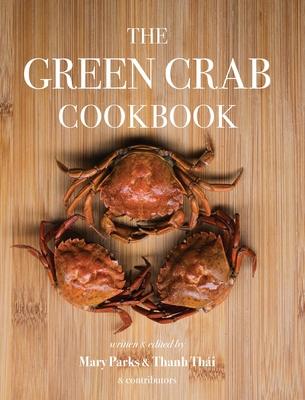For centuries, green crabs have been embedded within Venetian cuisine: served soft-shell or shucked for delicious caviar known as Masinette. Travel outside the Mediterranean and the crab has a very different reputation. This small crustacean has spread to nearly every continent on the globe and been hailed as one of the most destructive invasive species of all time. Green crabs eat native shellfish species, outcompete local crabs, and destroy vital seagrass habitat when foraging for food. In turn, they threaten some of the world's most valuable fisheries and vulnerable ecosystems. After discovering the crab had decimated New England soft-shell clam populations, conservationists began focusing on removal to mitigate their invasive impact. That's when a group of scientists and activists from the US and Canada landed on a new idea: what if we ate the problem?

The Green Crab Cookbook: An Invasive Species Meets a Culinary Solution
For centuries, green crabs have been embedded within Venetian cuisine: served soft-shell or shucked for delicious caviar known as Masinette. Travel outside the Mediterranean and the crab has a very different reputation. This small crustacean has spread to nearly every continent on the globe and been hailed as one of the most destructive invasive species of all time. Green crabs eat native shellfish species, outcompete local crabs, and destroy vital seagrass habitat when foraging for food. In turn, they threaten some of the world's most valuable fisheries and vulnerable ecosystems. After discovering the crab had decimated New England soft-shell clam populations, conservationists began focusing on removal to mitigate their invasive impact. That's when a group of scientists and activists from the US and Canada landed on a new idea: what if we ate the problem?